
The map above is an Isochrone map which shows how long it would have taken someone to travel from Rome to the farthest reaches of the Roman Empire at its peak (roughly 200 CE/AD).
Travelling within the core of the Empire could have be done in under a week, but travelling all the way to the fringes would have taken someone more than a month.
Contrast that with Travel Times From London in 2016 vs 1914. By 1914 you could have reached almost any point on earth within 40 days and by 2016 you could reach almost any point on earth within 2 days.
If you’re curious about the project, here’s a very brief introduction:
ORBIS: The Stanford Geospatial Network Model of the Roman World reconstructs the time cost and financial expense associated with a wide range of different types of travel in antiquity. The model is based on a simplified version of the giant network of cities, roads, rivers and sea lanes that framed movement across the Roman Empire. It broadly reflects conditions around 200 CE but also covers a few sites and roads created in late antiquity.
The model consists of 632 sites, most of them urban settlements but also including important promontories and mountain passes, and covers close to 10 million square kilometers (~4 million square miles) of terrestrial and maritime space. 301 sites serve as sea ports. The baseline road network encompasses 84,631 kilometers (52,587 miles) of road or desert tracks, complemented by 28,272 kilometers (17,567 miles) of navigable rivers and canals.
You can learn more about the project and play with an interactive version on the ORBIS homepage.
For other maps of the Roman Empire have a look at:
- An Incredibly Detailed Map of the Roman Empire At Its Height in 211AD
- Roman Empire GDP Per Capita Map
- Roman City of Londinium Around AD 200
- A View Of Roman Carthage, Built on the Site of the Previously Destroyed Punic Capital
- Byzantine Constantinople Before It Was Istanbul
- Byzantine Empire’s Linguistic Divisions Under Justinian I c.560CE
And to learn even more about the Roman world have a look at:
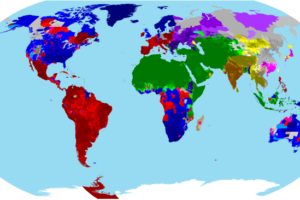
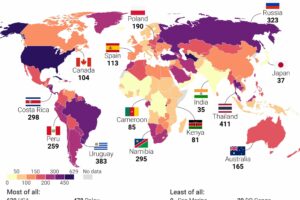
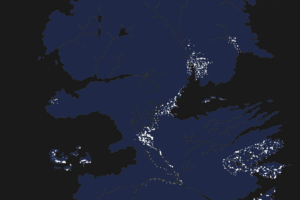
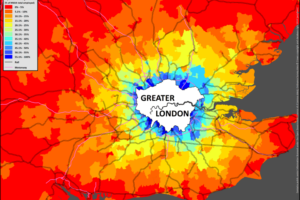
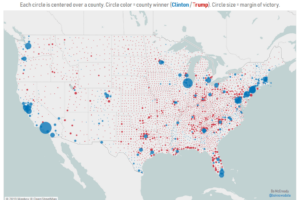



Leave a Reply